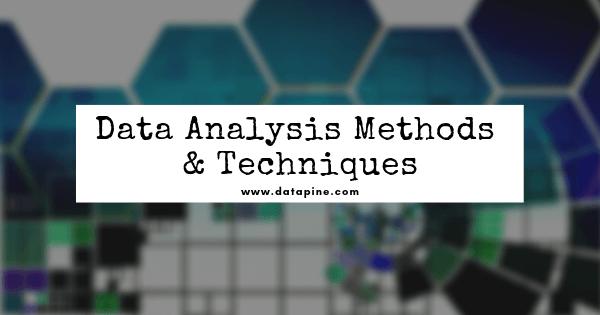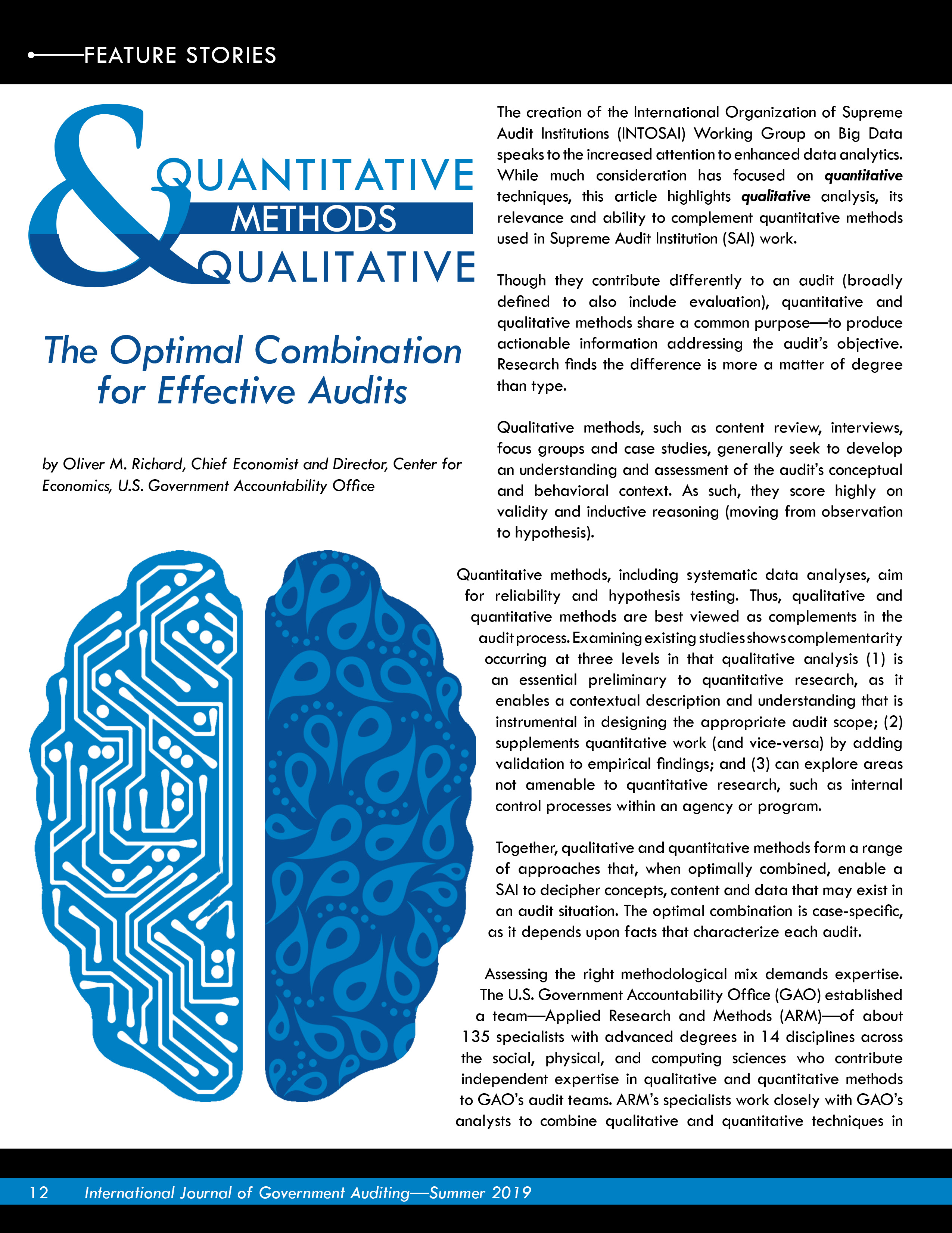


Three different definitions of content analysis are provided below.ĭefinition 1: “Any technique for making inferences by systematically and objectively identifying special characteristics of messages.” (from Holsti, 1968)ĭefinition 2: “An interpretive and naturalistic approach.
FOCUS GROUP DATA ANALYSIS METHODS CODE
Once the text is coded into code categories, the codes can then be further categorized into “code categories” to summarize data even further. To analyze the text using content analysis, the text must be coded, or broken down, into manageable code categories for analysis (i.e. A single study may analyze various forms of text in its analysis. Sources of data could be from interviews, open-ended questions, field research notes, conversations, or literally any occurrence of communicative language (such as books, essays, discussions, newspaper headlines, speeches, media, historical documents). Researchers can then make inferences about the messages within the texts, the writer(s), the audience, and even the culture and time of surrounding the text. As an example, researchers can evaluate language used within a news article to search for bias or partiality. Using content analysis, researchers can quantify and analyze the presence, meanings, and relationships of such certain words, themes, or concepts.
FOCUS GROUP DATA ANALYSIS METHODS HOW TO
This inexpensive suite also includes, for no extra cost, an application called ClipMaker, which not only creates transcripts of focus group responses, but also uses hyperlinks in the text to let researchers quickly jump to the corresponding portion of the video record.Ī free demo of the Discuss.io suite is available, and any organization wondering how to analyze focus group data to analyze customers’ desires would benefit from adopting it.Content analysis is a research tool used to determine the presence of certain words, themes, or concepts within some given qualitative data (i.e. Discuss.io makes use of webcams and crowdsourcing to produce useful, accurate data almost instantly. Any tool that could streamline and simplify the analyzing process, therefore, would be welcome by those seeking to turn raw focus group data into results.įortunately, the market research platform Discuss.io offers many ways to reduce the friction of the most tedious elements of such research. Reporting the results can take five times as long as it took to conduct the group. It recognizes that language is not just a neutral conveyor of information, but a social action as well, and that to understand verbal responses, an awareness of many social factors is necessary.Ĭlearly, how to analyze focus group data is a time-consuming process to analyze focus groups. This provides a far richer and more useful set of information about the meanings of words than would a method that considered only the use of keywords in isolation.ĭiscourse analysis looks beyond the surface meaning of words in order to place them in a social context. Keywords-in-Context focuses not only on the words used by participants but how they are used in conjunction with other words. It can therefore be considered a “mixed” method of analysis. This obviously involves an element of quantitative analysis as well, but the authors encourage the use of a “rich description” for codes, which entails qualitative analysis. The classical content analysis uses a similar method, but instead of looking for unifying themes, the research counts the instances of each code. Researchers then put the codes into broader categories, finally drawing out themes that unite each member of these groups. Constant comparison analysis requires analysts to group data into small units, each with a unique descriptor or code.


 0 kommentar(er)
0 kommentar(er)
